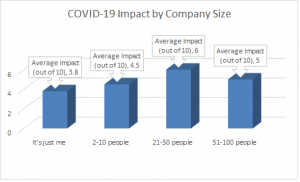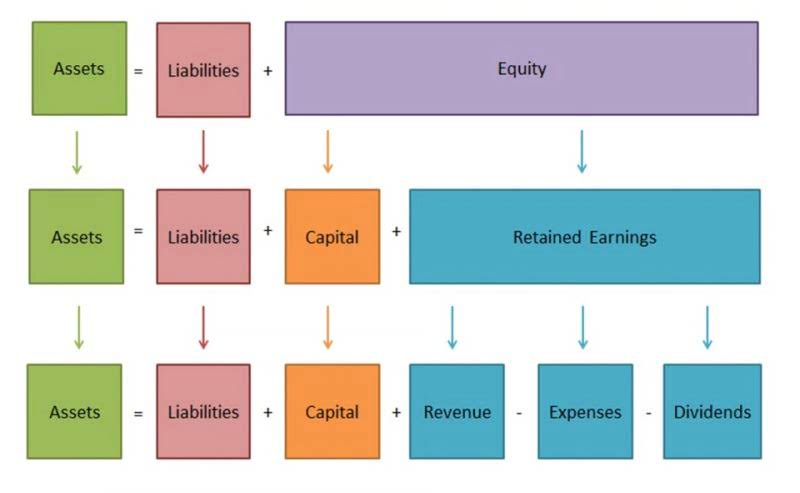
It also purchased $5 billion in investments and spent $1 billion on acquisitions. The company realized a positive inflow of $3 billion from the sale of investments. To calculate the cash flow from investing activities, the sum of these items equals -$33 billion. While earlier analysts and investors used to refer to only income statements and balance sheets to know how well your company is doing, today, they have started looking at cash flow statements too. This is because, even if there is a negative cash flow from investing activities, it often indicates that your company is in a growing phase. Hence, in order to get the complete picture of your company, the investors and analysts look at all these three financial statements.
Non-cash Investing and Financing Activities
- These long-term purchases would be cash-flow negative, but a positive in the long-term.
- Investors closely monitor these activities to gauge the long-term vision and sustainability of the business.
- For instance, selling equipment for $8,000 is an inflow, while purchasing new equipment for $10,000 is an outflow.
- When a company purchases a new vehicle with cash, the cash outflows are listed in the investing section.
- Understanding investment procurement activities is essential for assessing financial health and returns on investments.
In summary, investing activities form a key section of a company’s cash flow statement. They include buying and selling fixed assets, securities, and lending or collecting loans. Mastery of this topic helps students succeed in exams, supports business decision-making, and deepens financial understanding. At Vedantu, we make commerce topics like investing activities practical and easy to revise. To prepare the cash flow from investing activities, summarize all cash inflows and outflows related to investments.
Proceeds from the Sale of Investments
However, it is imperative to understand the statement should not be singled out and seen. They should always be seen in conjunction with other statements and management discussion & analysis. This part of the cash flow statement is extremely important for every business since it gives the what are investing activities management a proper idea about the cash position of the company related to investment activities. However, it is also important to understand how to calculate it accurately. After you get all these items on a cash flow statement table, you calculate the sum of all these items to get the cash flow from investing activities.

Proceeds from the Sale of Fixed Assets
- As we already know that CFI is related to non-current asset portions of the balance sheet.
- While a negative cash flow may seem unfavorable, it can indicate that the company is investing in its growth, which may lead to stronger future cash flows.
- Cash flows from investing activities is a critical concept within financial accounting and analysis.
- Additionally, cash flows from financing activities are also not included.
- The journal entry for the sale must balance, which involves debiting accumulated depreciation and crediting the equipment account at its historical cost.
- If the credits (sale price) exceed the debits (historical cost minus accumulated depreciation), you record a gain.
Inflows include proceeds from asset sales, dividends received, and interest earned on investments. Outflows include purchases of property, plant, equipment, and investments. Suppose a company How to Invoice as a Freelancer spent $30 billion on capital expenditures, of which the majority were fixed assets.
What role does depreciation play in cash flows from investing activities?

Free cash flow is calculated as cash flow fromoperating activities, reduced by capital expenditures, the valuefor which is normally obtained from the investing section of thestatement of cash flows. As their manager, would you treat theaccountants’ error as a harmless misclassification, or as a majorblunder on their part? For example, if a business owner invests in a new factory building to expand its operations, that purchase would be considered a cash outflow from investing activities.

Investing activities primarily involve the purchase and sale of long-term assets, such as land and equipment. To calculate cash flows from investing activities, one must examine changes in long-term asset accounts on the balance sheet and consider any normal balance additional information provided. Cash flow from investing activities is a line item on a business’s cash flow statement, which is one of the major financial statements that companies prepare.
- These are the core functions that drive the business and determine its profitability.
- A reduction, on the other hand, signifies that the asset has been sold during the period.
- For example, cash sources from sales, cash used to purchase inventory, payment of operating expenses like salaries and utilities.
- Investing activities are business transactions involving the purchase or sale of long-term assets and investments, impacting a company’s cash flow statement.
- However, if GAAPs are to be followed, the cash received for dividends should be classified as operating cash inflow.
Significance of Cash Flow Statements
It reveals not only the current state of a company but its potential future. This is crucial for managing cash well and for strong financial planning. Examples of operating activities can include cash received from customers, cash paid to suppliers, wages paid to employees, and expenses such as rent and utilities.
What is cash flow from investing activities?

A change to property, plant, and equipment (PPE), a large line item on the balance sheet, is considered an investing activity. When investors and analysts want to know how much a company spends on PPE, they can look for the sources and uses of funds in the investing section of the cash flow statement. Cash flow from investing is included on a company’s cash flow statement along with cash flow from operating activities and cash flow from financing activities. The key components include cash spent on purchasing assets, cash received from selling assets and cash flows from investments in securities and subsidiaries. The cash flow that results from all such investing activities needs to be reported under the investing section of your cash flow statement.






